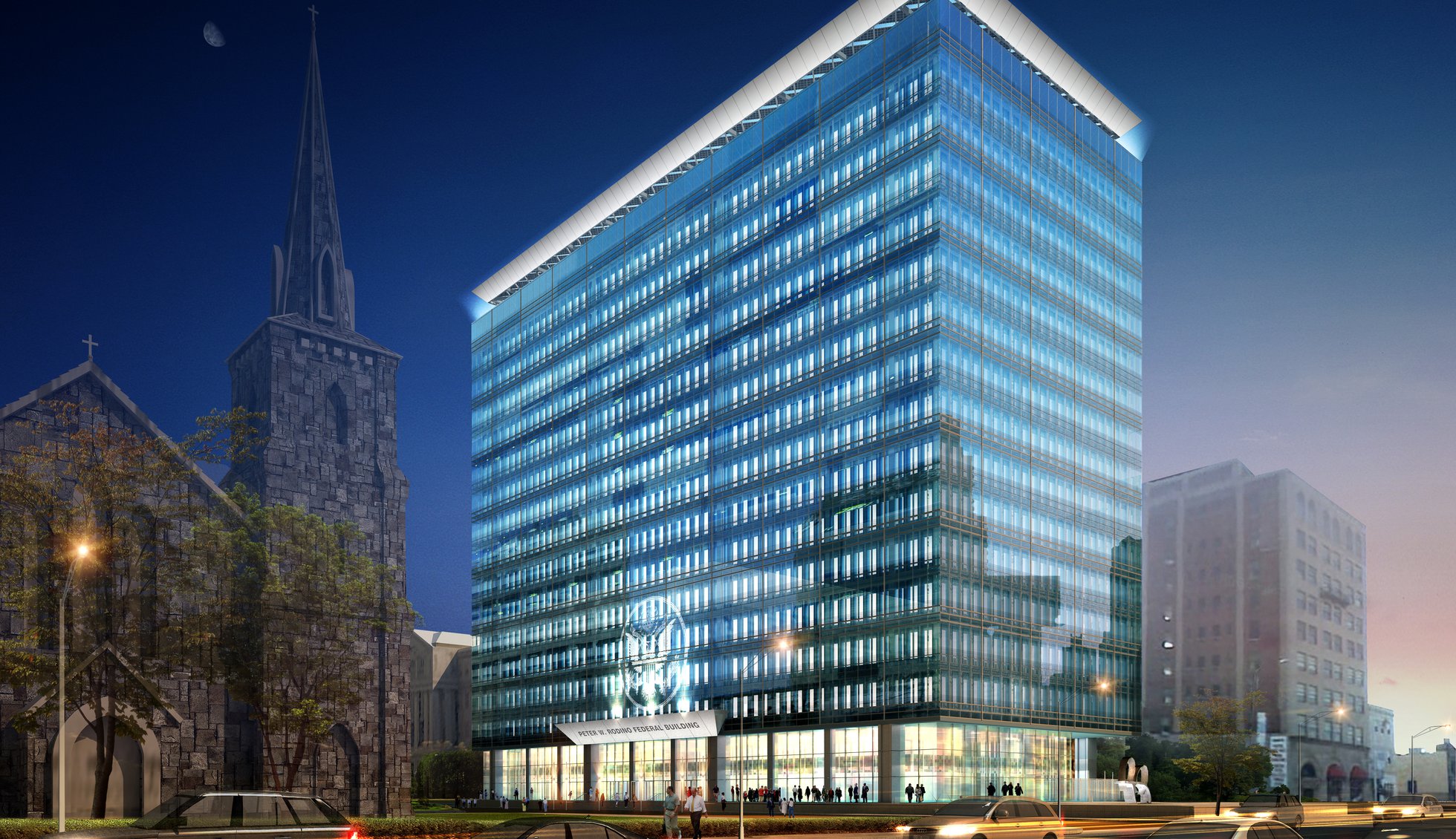
We’ve all heard the horror stories about some of the highest rated LEED and BREEAM buildings being some of the worst culprits in terms of actual, operational energy and resource consumption (measured typically in kWh / m2, and several other metrics, provided there is enough data available). When the designers of such buildings are asked why their models differ so dramatically from reality, the answer is almost always the same: the building isn’t used in the way it was designed for.
When asked to explain what that actually means, feedback tends to differ. Sometimes it’s a specific (new / sensitive / not properly commissioned etc.) piece of equipment that doesn’t work as expected. In other cases, the building is used by multiple tenants vs. a single one, other times twice as many people have been crammed into the space etc – but in general terms it all comes down to one stakeholder group: the occupants!
The real question then becomes: how much power do occupants have over the energy performance of a building – a floor, a shop, a home – and to what extent are they factored in, not just by the designers, but also by the technology that should practically be able to run the building automatically at the most efficient level and fully adapt to whatever the occupants throw at it. Or so we were promised.
How important is it then, in this context, to remind employees that switching off the lights at the end of the day is a good thing, and putting waste in the right bin makes everybody happy, especially the turtles in the Pacific Ocean. And then there’s the topic of “well-being”, which is based around some quantifiable metrics (noise, light, air quality, to name but a few), and many more that aren’t (office design and layout, personal ergonomics, a specific type of workplace etc.).
The short answer is: “It’s complicated, really”. But it doesn’t have to be this way. For a start, today we should be in a position to track, monitor and report all the core metrics that drive building performance, and the role / limitations of occupants in that context. Second, the only constant in a lot of buildings is change, and deviation from the design specs is almost always a given. So building technology and management processes have to be flexible enough to adapt to (nearly) whichever way a building is used in reality. And last but not least: “set and forget” – in its positive incarnation – is a nice concept, but it’s not quite that straightforward in practice; occupants have to be made aware of what they can / should (not) do to impact the energy and resource consumption performance of a workplace, so that the entire system can be optimized as far as possible.
Starting by asking occupants what they want to get out of building and how the building could help maximize their productivity (if that is the objective), is a good place to start.
Benjamin Kott will be moderating a panel on the role of occupant behaviour in buildings with CBx on the 16th October 2014.
Photograph of the Peter W. Rodino Federal Office Building, Newark, New Jersey, by Mack Male, distributed under the Creative Commons BY-SA 2.0 license.

